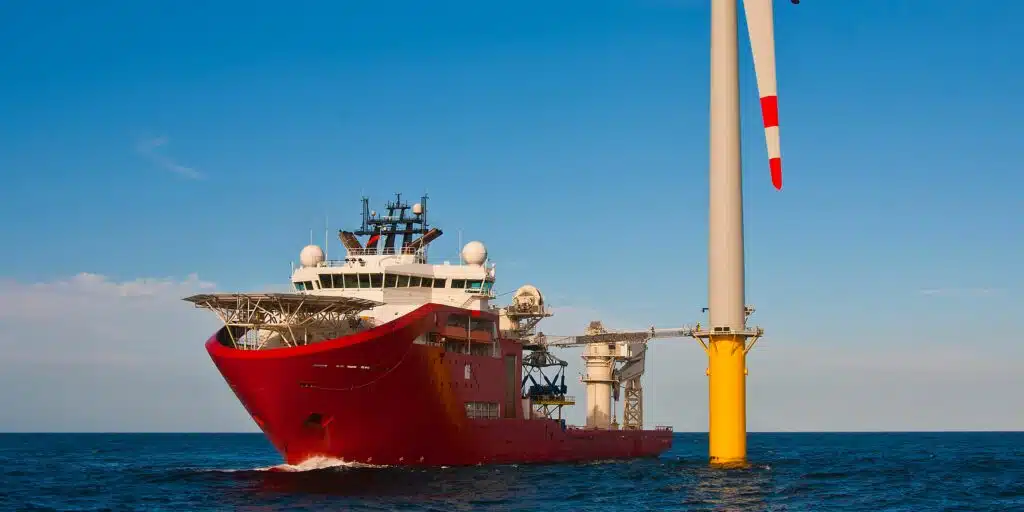
Purpose-Built Vessels
Designed to transport personnel, conduct inspections, and facilitate installations for offshore energy projects.
Dynamic Positioning Systems
Keep the vessel stable in rough seas, ensuring precise operations even in challenging conditions.
Onboard Crane Equipment
Handle heavy components during development and commissioning phases of offshore infrastructure.
Personnel Transport
Safely move technicians to offshore sites and offer lodging for long-term assignments.
Equipment Handling
Manage complex tasks like lifting large turbine parts or installing critical components.
Inspections
Serve as a mobile platform for routine checks and repairs of offshore structures.
Commissioning
Assist in final system tests and readiness checks before structures go fully operational
Versatile Platform
Adaptable to different tasks for multiple offshore initiatives.
Enhanced Safety
Minimizes risk when operating in challenging marine conditions.
Advanced Design
State-of-the-art technology for efficient resource and crew management.
Instant Data
Facilitates informed decision-making and real-time progress tracking.
Advanced Sensors
Modern C-CSOVs feature sophisticated sensor arrays that continuously monitor environmental conditions.
Remote Monitoring
Offshore operations benefit from advanced remote technologies that provide broader environmental context.
Unified Systems
Modern platforms combine multiple data sources into actionable intelligence for operations teams.